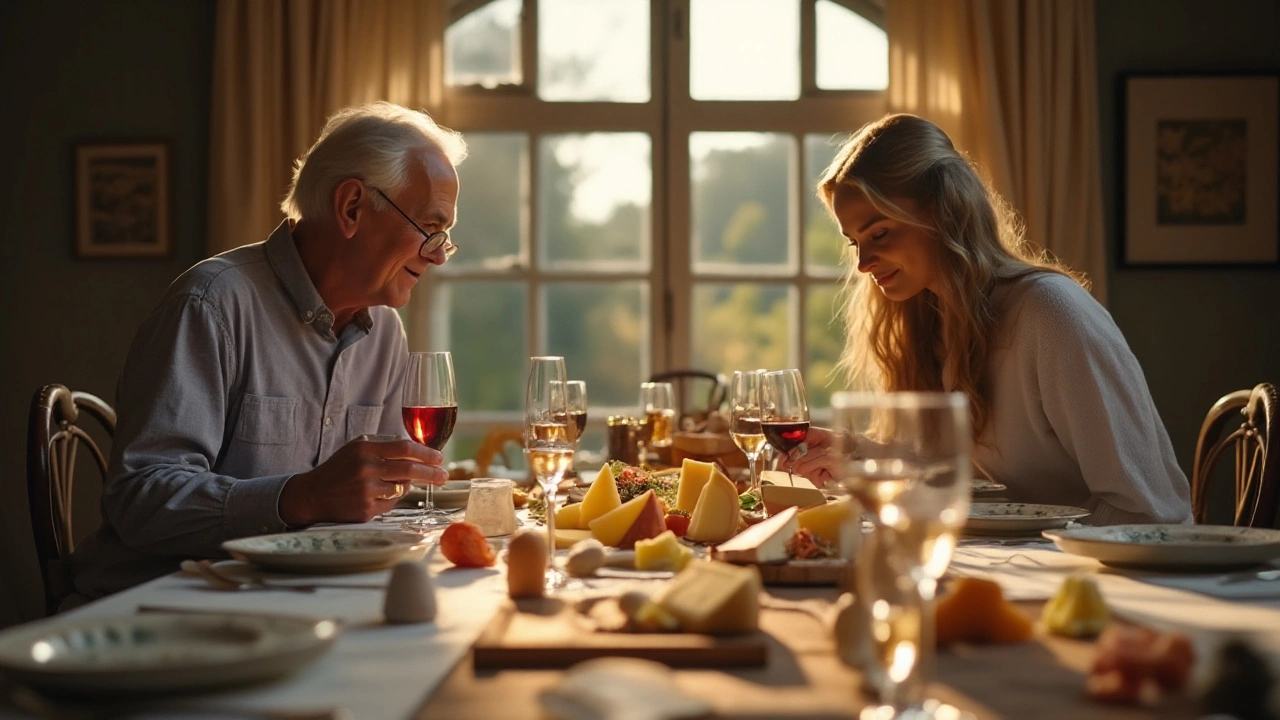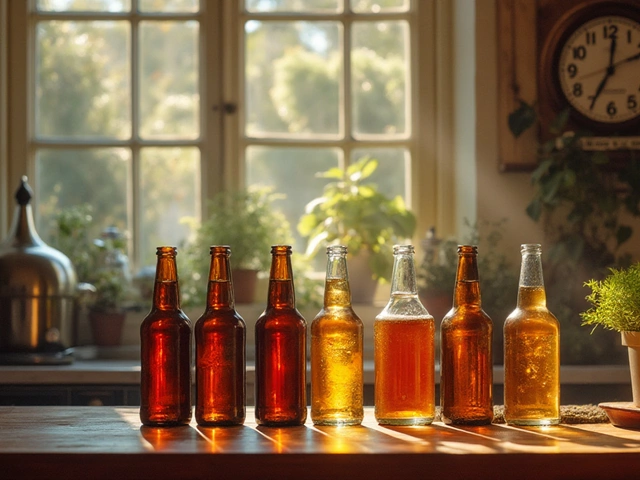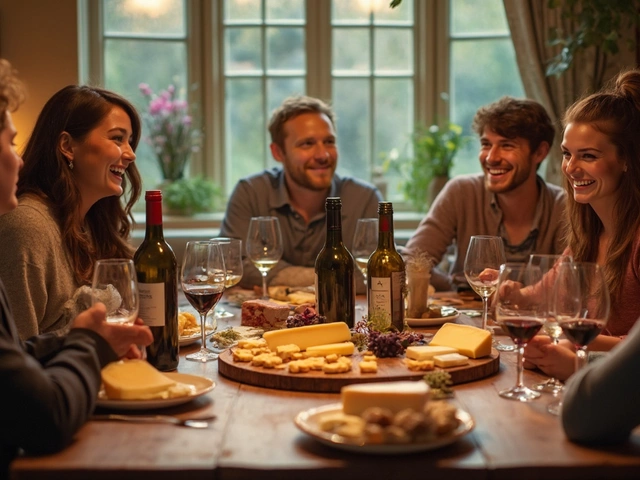Cheese Tasting: How to Get the Most Flavor
If you love cheese, a good tasting can feel like a mini adventure. The trick isn’t just piling cheese on a board – it’s about choosing the right varieties, arranging them thoughtfully, and pairing them with drinks that bring out each bite’s best notes. Below you’ll find straight‑forward steps to build a tasty cheese tasting that works for beginners and seasoned geeks alike.
Choosing the Right Cheeses
Start with a mix of textures and flavors. A classic trio covers a soft, a semi‑soft, and a hard cheese. For soft, try a buttery brie or a creamy camembert. Semi‑soft options like gouda, havarti, or a mild cheddar give a slightly firmer bite without being crunchy. Finish with a hard cheese – think aged parmesan, manchego, or a nutty pecorino.
Don’t forget a blue cheese if you like bold. A small wedge of gorgonzola or stilton adds a punchy contrast and is perfect for those who want a real flavor swing. Aim for about 2–3 ounces per person for each cheese; that amount lets everyone try a piece without waste.
Temper the cheese before serving. Take the wedges out of the fridge 30–45 minutes ahead of time. Warm cheese releases aromas, making the tasting more vivid. If you’re short on time, gently let them sit at room temperature while you set up the board.
Pairing Cheese with Drinks
Wine is the classic partner, but you can mix in beer, cider, or even non‑alcoholic options. White wines such as chardonnay pair beautifully with buttery brie – the acidity cuts the richness while the oak tones match the creaminess. For hard cheeses like parmesan, a crisp sauvignon blanc or a light red like pinot noir works well.
Red wines complement stronger cheeses. A bold cabernet pairs nicely with aged cheddar, while a ruby‑red merlot matches the savory depth of gouda. If you’re serving blue cheese, sweet wines like port or a late‑harvest riesling balance the bite.
For those who skip alcohol, sparkling water with a splash of citrus, or a fruity mocktail can act as a palate cleanser. A quick sip of sparkling apple juice between cheese bites resets your taste buds and lets new flavors shine.
Don’t forget the little extras. Fresh fruit (grapes, figs, or apple slices), nuts, honey, and a drizzle of olive oil add texture and help bridge flavor gaps. Place these items around the cheese so guests can experiment with combos at will.
Finally, keep the order simple: start with the mildest cheese, move to medium‑flavored, and finish with the strongest. This progression lets your palate adapt and prevents the bold cheeses from overwhelming the subtle ones.
With these steps, you’ll host a cheese tasting that feels polished without being complicated. Pick a few quality cheeses, give them space to breathe, match them with the right drinks, and let your guests explore. Cheers to tasty bites and good conversation!
Wine and cheese pairing is a timeless culinary tradition that sparks a spirited debate: should you start with the cheese or the wine? This article explores the nuances of taste and texture that underpin this choice, providing insights into how various cheeses interact with different wines. By understanding the aromas, flavors, and contrasts, readers will learn to elevate their tasting experience. Whether you're a seasoned connoisseur or a curious beginner, get ready to savor the delightful complexity of these pairings.
View Details

